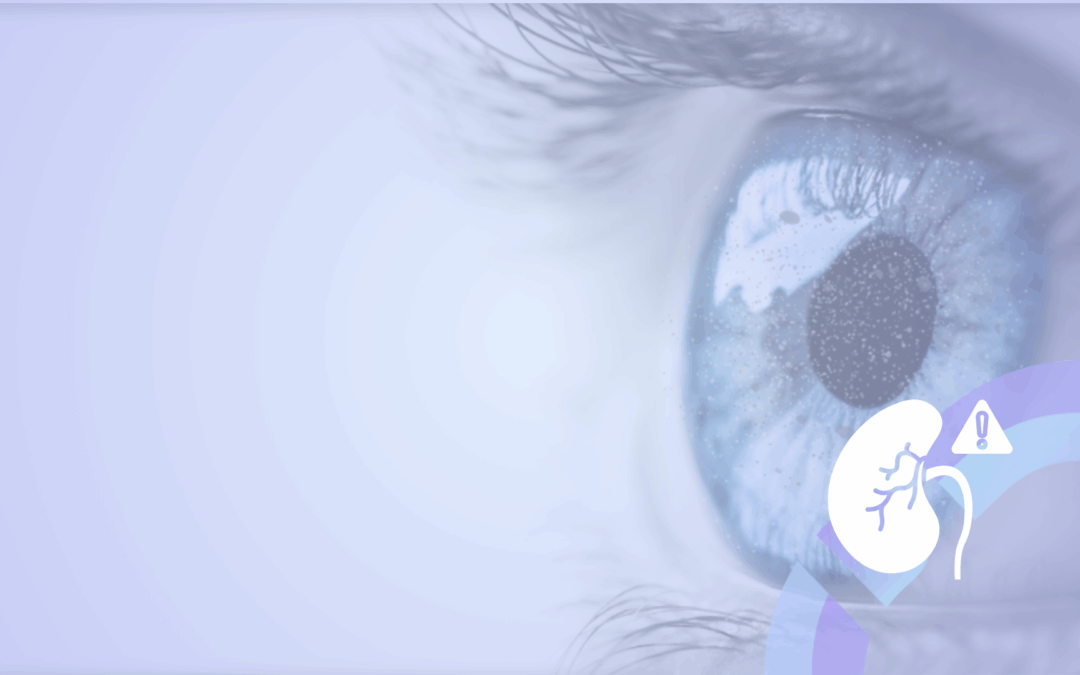Drug development is a long, expensive, and risky process. It takes an average of 10-15 years and requires a multi billion investment to bring a new drug from the laboratory to patients. Despite these costs, only about 10% of drugs that begin clinical trials ever receive approval. In response to these challenges, the concept of drug repurposing offers a promising alternative that can significantly reduce time, costs, and risks. By finding new therapeutic uses for existing drugs, drug repurposing opens opportunities for addressing unmet medical needs, especially for rare diseases, often called orphan diseases. This strategy has already led to several successful treatments, benefiting millions of patients worldwide. In this article, we’ll explore more about the benefits of drug repurposing.
The Origin of Drug Repurposing
Drug repurposing, also known as drug repositioning, is not a new concept. In fact, serendipitous discoveries have driven many breakthroughs in medicine. One famous example is the discovery of Viagra (sildenafil). Initially developed by Pfizer to treat high blood pressure and angina, researchers discovered that the drug had an unexpected effect on improving erectile dysfunction. This serendipity turned sildenafil into one of the best-selling drugs in history, illustrating how repurposing can transform healthcare.
Over time, researchers began to take a more systematic approach to repurposing. Advances in genomics, molecular biology, and computational science made it easier to understand how drugs interact with different pathways in the body, and new tools allowed researchers to explore the full therapeutic potential of existing drugs. This approach provides a unique advantage because approved drugs have already been tested for safety, which means that development timelines can be shortened significantly.
Benefits of Drug Repurposing
Reduced Development Time and Costs: one of the biggest benefits of drug repurposing is the ability to dramatically shorten or bypass the lengthy early-stage clinical trials entirely. Since the safety of the drug is already established, scientists can focus on its efficacy for the new condition, speeding up the regulatory approval process. Although for some compounds the current state of the art requires additional research on safety, for example around genomic impacts. The pre-existing data and experience can make even these additional studies more efficient.
It stands to reason that this better understanding reduces the risk of failure. Drug repurposing typically has a lower failure rate than traditional drug development. Since the drug’s side effects and safety profile are known, it is less likely that late-stage clinical trials will be derailed by unforeseen complications. Ideally, data from previous studies can be used during the repurposing of the drug in question. However, this unfortunately does not happen frequently enough.
Drug repurposing is particularly important for diseases that are rare or have limited treatment options. The pharmaceutical industry often hesitates to invest in developing new drugs for orphan diseases due to the small number of patients and the lack of commercial incentive. Repurposing existing drugs provides a cost-effective way to offer hope for patients with these neglected conditions. The successes of drug repurposing demonstrate that not every product needs to be in the same league as Viagra to make repurposing worthwhile.
Successes in Drug Repurposing
Repurposed drugs have achieved remarkable success, benefiting not only the patients but also the healthcare system by reducing costs and improving treatment outcomes. This triumph comes sometimes after tragedy as the repurposing of thalidomide shows. Initially introduced in the 1950s as a sedative and treatment for morning sickness, thalidomide infamously caused severe birth defects when taken by pregnant women. After being withdrawn from the market, the drug was repurposed decades later when researchers discovered its potential to treat multiple myeloma, types of cancer, as well as complications related to leprosy. Today, thalidomide is used in cancer therapies and serves as a reminder of how a failed drug can find a new, life-saving purpose.
Another groundbreaking example of benefits of drug repurposing is metformin, an oral diabetes medication. It was originally derived from the French lilac plant and has been used for decades to treat type 2 diabetes. However, more recent studies have shown that metformin has potential anti-aging and anti-cancer properties. This has led to ongoing research into its use for treating a variety of cancers, including breast, prostate, and pancreatic cancer. Its well-established safety profile and widespread availability make it an attractive candidate for these new therapeutic uses.
A Deep Dive: Orphan Diseases
Orphan diseases present significant challenges for pharmaceutical companies due to the small market size. Yet, drug repurposing offers a lifeline for patients with these rare conditions by leveraging drugs that have already been developed for other, more common ailments.
A striking example of of the benefits of drug repurposing for orphan diseases is the drug ivacaftor (marketed as Kalydeco), which was originally researched as a treatment for lung disorders. It was later repurposed and approved for use in treating cystic fibrosis, a rare genetic disease that affects the lungs and digestive system. Ivacaftor targets specific mutations that occurs in approx. 4% of cystic fibrosis patients, dramatically improving lung function and quality of life for patients with this rare mutation.
Another example is sirolimus (also known as rapamycin), an immunosuppressant originally developed to prevent organ rejection after transplantation. Researchers later discovered that sirolimus could be repurposed to treat lymphangioleiomyomatosis (LAM), a rare and progressive lung disease that primarily affects women. This discovery provided the first-ever approved treatment for LAM, offering hope to patients who previously had few options.
Orfenix’ Contributions
As technology continues to advance, the future of drug repurposing looks increasingly promising. In particular given the many challenges faced by healthcare providers the world over. The increased understanding of existing compounds due to the use of artificial intelligence (AI) and growing understanding of human biology, provide many new opportunities for repurposing drugs.
An academic researcher who discovers a candidate for repurposing will find Orfenix an ideal partner due to the company’s deep expertise in clinical development and regulatory affairs. Navigating the complex landscape of clinical trials, regulatory approvals, and drug repurposing requires specialized knowledge, and Orfenix has a track record in advancing repurposed compounds through these stages efficiently. Collaborating will accelerate the process of bringing innovative work to the patients who need it.
Furthermore, Orfenix’s commitment to working closely with academic groups allows for a true partnership in the development of the product. Researchers can maintain a degree of involvement while benefiting from Orfenix’s resources and expertise, ensuring that the scientific integrity of their work is preserved. In addition, Orfenix’s dedication to “socially responsible licensing” ensures that the researcher’s discoveries will not only be developed but also made accessible to patients in an ethical manner. The company’s emphasis on affordability and availability aligns with the values of many academic researchers who want their work to have a broad, positive impact on public health, particularly in underserved populations.




